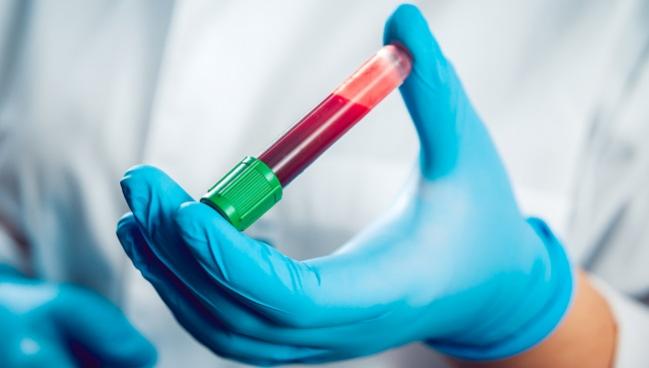ESC Algorithm for Rapidly Diagnosing NSTEMI Works, Study Confirms
Use of high-sensitivity troponin T or I assays can safely and effectively triage patients within 1 hour of presentation.

BARCELONA, Spain—The 0/1-hour algorithm for ruling in or ruling out NSTEMI in patients presenting with acute chest pain on the basis of high-sensitivity cardiac troponin T or I concentrations performs well, according to a validation study.
For ruling out NSTEMI, the approach yielded negative predictive values of 99.6% and 99.8%, depending on the type of troponin assay used, Raphael Twerenbold, MD (University Hospital Basel, Switzerland), reported last week at the European Society of Cardiology (ESC) Congress 2017. When used for ruling in NSTEMI, the algorithm provided positive predictive values of 64.2% and 74.7%.
Similar results were found when looking only at early presenters: those who arrived at the emergency department within 3 hours of symptom onset. There has been some question about the safety of using the 0/1-hour algorithm in this subgroup because of the potential for missing small MIs.
These algorithms “using high-sensitivity cardiac troponin T and I provide very high safety of rule out, appropriate performance of rule in, and high efficacy in triaging patients with suspected NSTEMI based on their blood sample drawn at presentation and after 1 hour,” Twerenbold said at a press conference.
The data . . . should give confidence in the high safety and in the applicability of this algorithm in daily routine practice. Raphael Twerenbold
In 2015 guidelines on the management of patients with ACS without persistent ST-segment elevation, the ESC said 0/1-hour assessments for diagnosing MI are recommended as an alternative to the 0/3-hour approach “when high-sensitivity cardiac troponin assays with a validated algorithm are available.” According to the 0/1-hour algorithm, MI can be ruled out immediately at baseline with very low troponin levels or with low levels at baseline accompanied by a lack of a relevant increase by 1 hour. On the flip side, MI can be ruled in when baseline troponin levels are very high or there is a relevant change within 1 hour. Specific cutoffs vary by assay.
Three-Quarters of Patients Had MI Ruled Out or In
To validate the approach, Twerenbold and colleagues pooled patient-level data from two prospective studies, APACE and BACC. The analysis included 4,350 patients with suspected NSTEMI enrolled at 14 centers in six European countries; 17% of patients were ultimately diagnosed with NSTEMI.
Two high-sensitivity troponin assays were used in those trials: the Elecsys troponin T assay (Roche Diagnostics) and the Architect troponin I assay (Abbott).
Using the troponin T assay, MI was ruled out in 57% of patients and ruled in in 18%; the rest were placed under observation. “Overall accuracy was high, allowing triage—either rule out or rule in—in three patients out of four,” Twerenbold said, noting that performance was similar in the early presenters.
Results using the troponin I assay also were comparable, allowing for rule out or rule in of MI in about two-thirds of patients—MI was ruled out in 46% and ruled in in 22% with observation called for in the rest.
Twerenbold said this was the largest validation study of the 0/1-hour algorithm performed to date. As many centers are considering adopting use of more sensitive troponin assays and implementation of algorithms for rapid diagnosis of MI, he added, “the data from this validation study should give confidence in the high safety and in the applicability of this algorithm in daily routine practice.”
He noted that his group has evaluated use of a rapid algorithm in a US setting—with publication forthcoming—and found that it is as safe as observed in the current study.
Todd Neale is the Associate News Editor for TCTMD and a Senior Medical Journalist. He got his start in journalism at …
Read Full BioSources
Twerenbold R. Validation of the European Society of Cardiology 0/1-hour algorithm for rule-out and rule-in of acute myocardial infarction. Presented at: ESC Congress 2017. August 27, 2017. Barcelona, Spain.
Disclosures
- Twerenbold reports no relevant conflicts of interest.


Comments